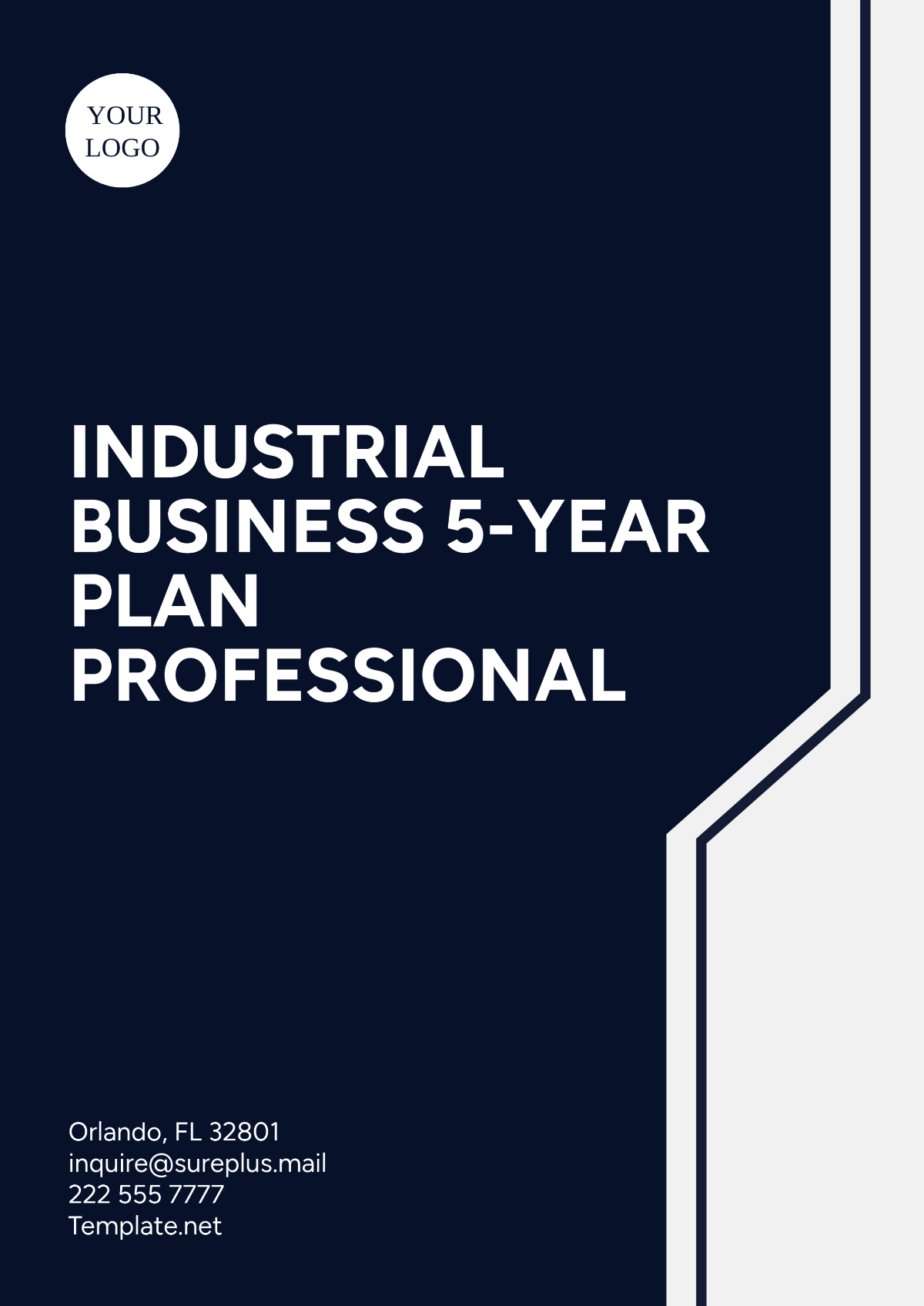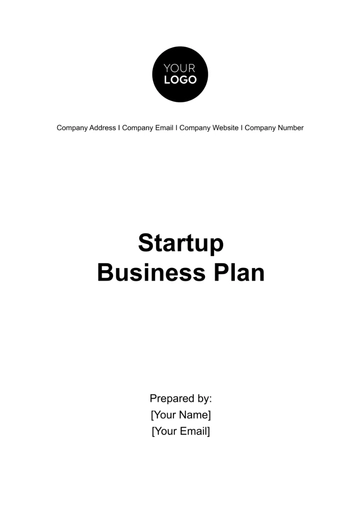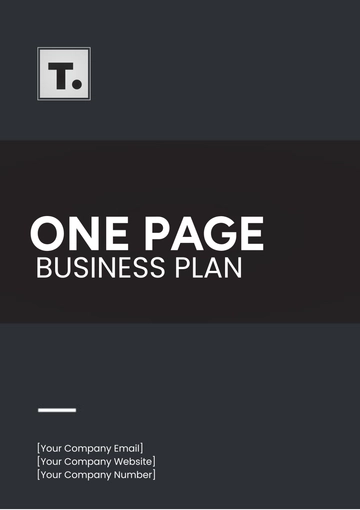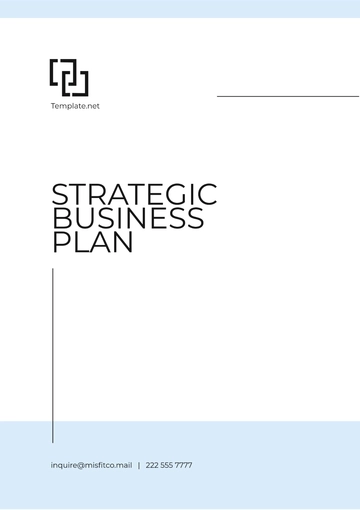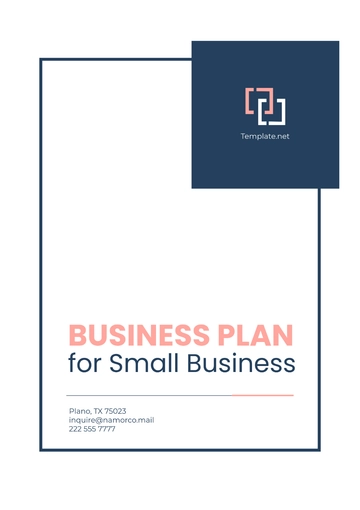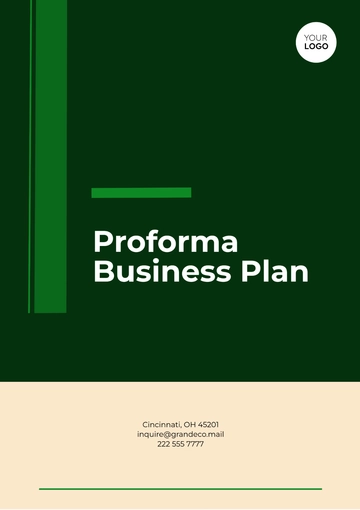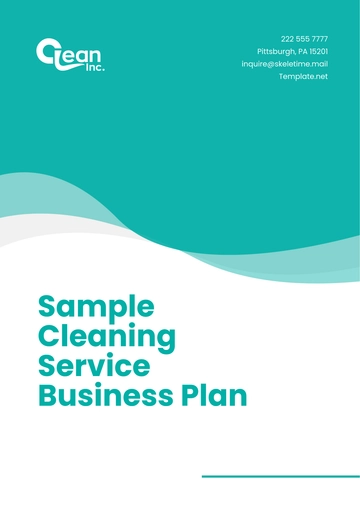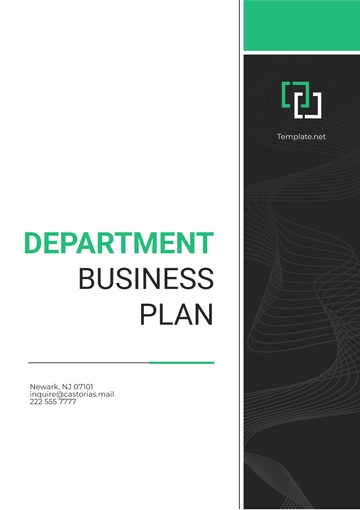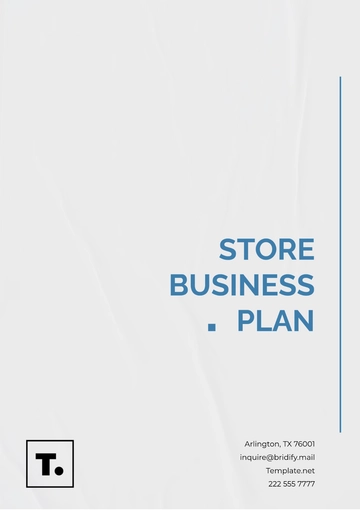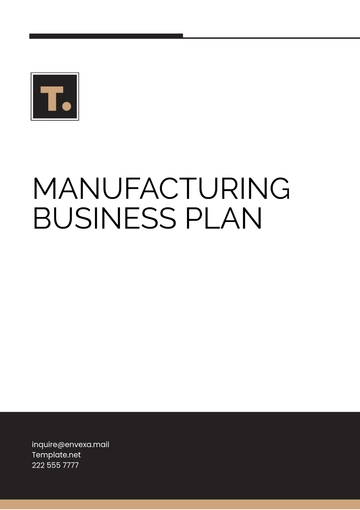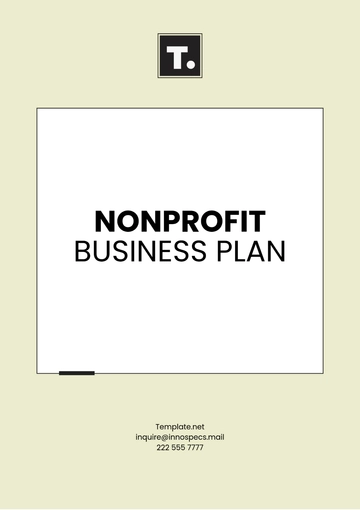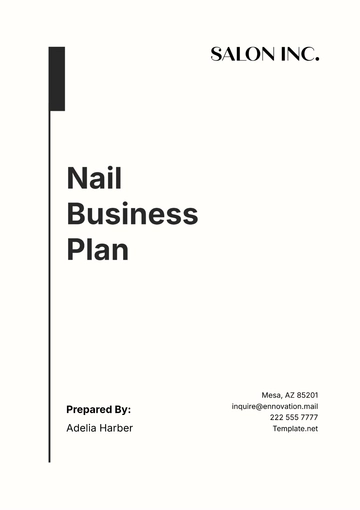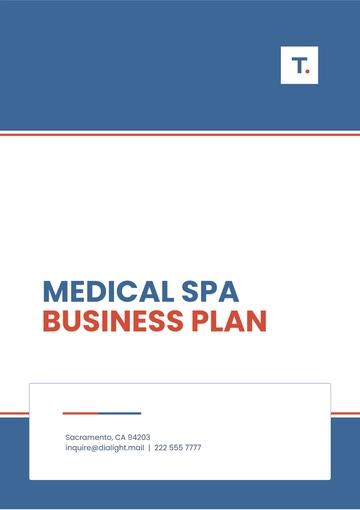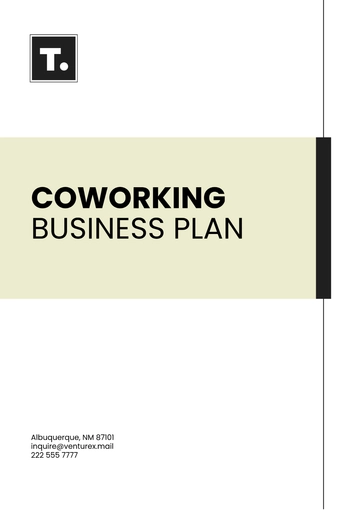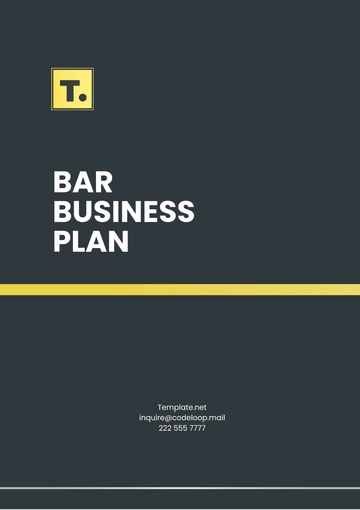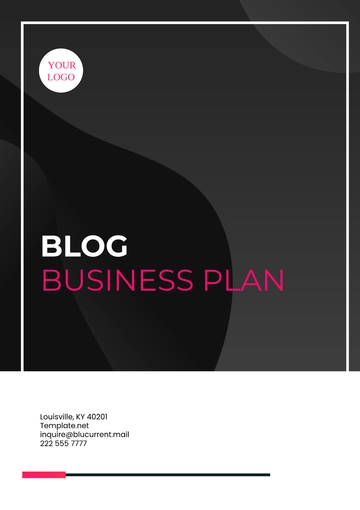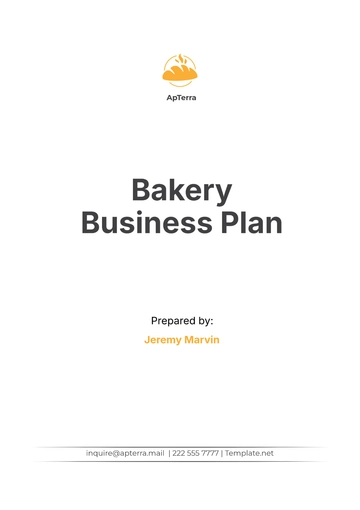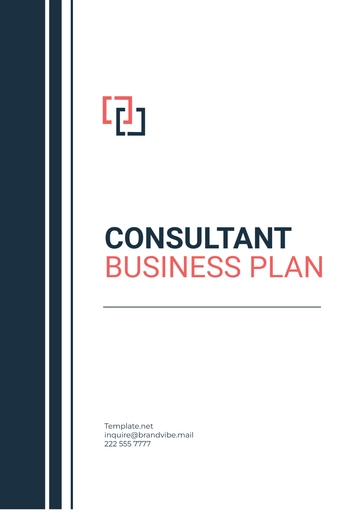Industrial Business 5-Year Plan Professional
1. Executive Summary
This five-year business plan outlines the strategic direction and operational priorities for [Your Company Name] in the industrial sector, covering the period from 2060 to 2065. The plan aims to foster sustainable growth, enhance operational efficiency, and expand market presence across domestic and international markets. The company seeks to invest in new technologies, upgrade manufacturing capabilities, and address market challenges to remain competitive.
Key Focus Areas:
Sustainable Manufacturing Practices: Reducing carbon footprint and improving energy efficiency.
Technological Innovation: Adoption of Industry 4.0 technologies such as automation, AI, and IoT.
Market Expansion: Expanding operations into emerging markets, including Asia and Africa.
Customer-Centric Strategies: Strengthening customer relationships through improved product quality and tailored solutions.
2. Mission and Vision Statements
A. Mission Statement:
“To provide innovative, high-quality industrial products and services, leveraging advanced technology and sustainable practices, to deliver exceptional value to our customers while fostering growth and opportunity for our employees.”
B. Vision Statement:
“To become the leading global industrial solutions provider, recognized for our commitment to excellence, environmental sustainability, and community engagement.”
3. SWOT Analysis
A. Strengths:
Established brand reputation in the industrial market.
Advanced manufacturing facilities with the latest technologies.
Skilled workforce with a strong commitment to quality.
Strong supply chain partnerships globally.
B. Weaknesses:
Dependence on traditional manufacturing methods for certain products.
Limited presence in emerging markets.
Aging infrastructure that requires upgrading.
C. Opportunities:
Expansion into emerging markets, particularly in Asia and Africa.
Increased demand for eco-friendly industrial products and services.
Advances in automation and AI that can streamline operations.
Strategic partnerships with tech firms for innovation.
D. Threats:
Economic fluctuations impacting the industrial sector.
Rising raw material costs.
Increasing regulatory pressures on environmental standards.
Competition from global low-cost producers.
4. Goals and Objectives
Goal 1:
Increase market share by 15% in emerging markets (Asia, Africa) by 2065.
Goal 2:
Achieve a 25% reduction in carbon emissions by 2065 through the implementation of sustainable manufacturing practices.
Goal 3:
Increase R&D investment by 30% to innovate new industrial solutions by 2065.
5. Key Strategies and Initiatives
1. Technology Integration:
Implement Industry 4.0 technologies, including AI-driven predictive maintenance systems, to increase operational efficiency and reduce downtime.
Explore automation solutions for manufacturing processes to cut production costs by 20% by 2064.
2. Sustainability Initiatives:
3. Market Expansion:
4. Talent Development:
6. Resource Allocation and Budget
Total Budget Allocation for 2060-2065: $250 million
Research & Development:
$50 million (20% of total budget)
Focus on automation, AI, and sustainable technologies.
Market Expansion:
$60 million (24% of total budget)
New facilities in Asia and Africa, marketing, and partnerships.
Sustainability:
Infrastructure Upgrade:
Talent Development:
7. Timeline and Milestones
2026:
2027:
2028:
2029:
2030:
8. Risk Assessment and Contingency Plans
Risk 1:
Economic downturn: Fluctuations in global markets could impact sales and investment.
Contingency Plan:
Risk 2:
Regulatory changes: Environmental and industry-specific regulations may impose additional costs.
Contingency Plan:
Risk 3:
Technological failure: New technology integrations may face technical setbacks.
Contingency Plan:
9. Evaluation and Key Performance Indicators (KPIs)
KPIs:
Market Share Growth: Track market share in target regions (Asia, Africa).
Carbon Emission Reduction: Measure progress in reducing emissions.
Productivity Improvement: Monitor efficiency gains from automation (target 15%).
Employee Satisfaction and Retention: Employee engagement surveys and retention metrics.
10. Review and Adaptation Process
The plan will be reviewed annually to assess progress against goals and objectives. Key performance indicators will be tracked quarterly, and major milestones will be evaluated every six months. Adjustments will be made as needed based on changing market conditions, technological advancements, or unforeseen challenges.
5-Year Plan Templates @ Template.net
